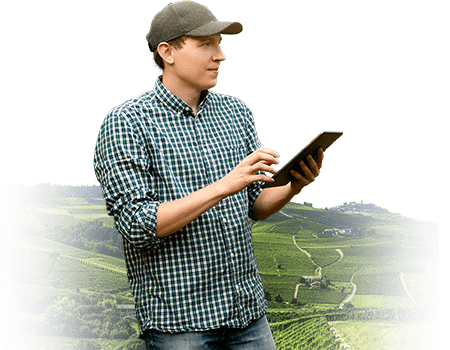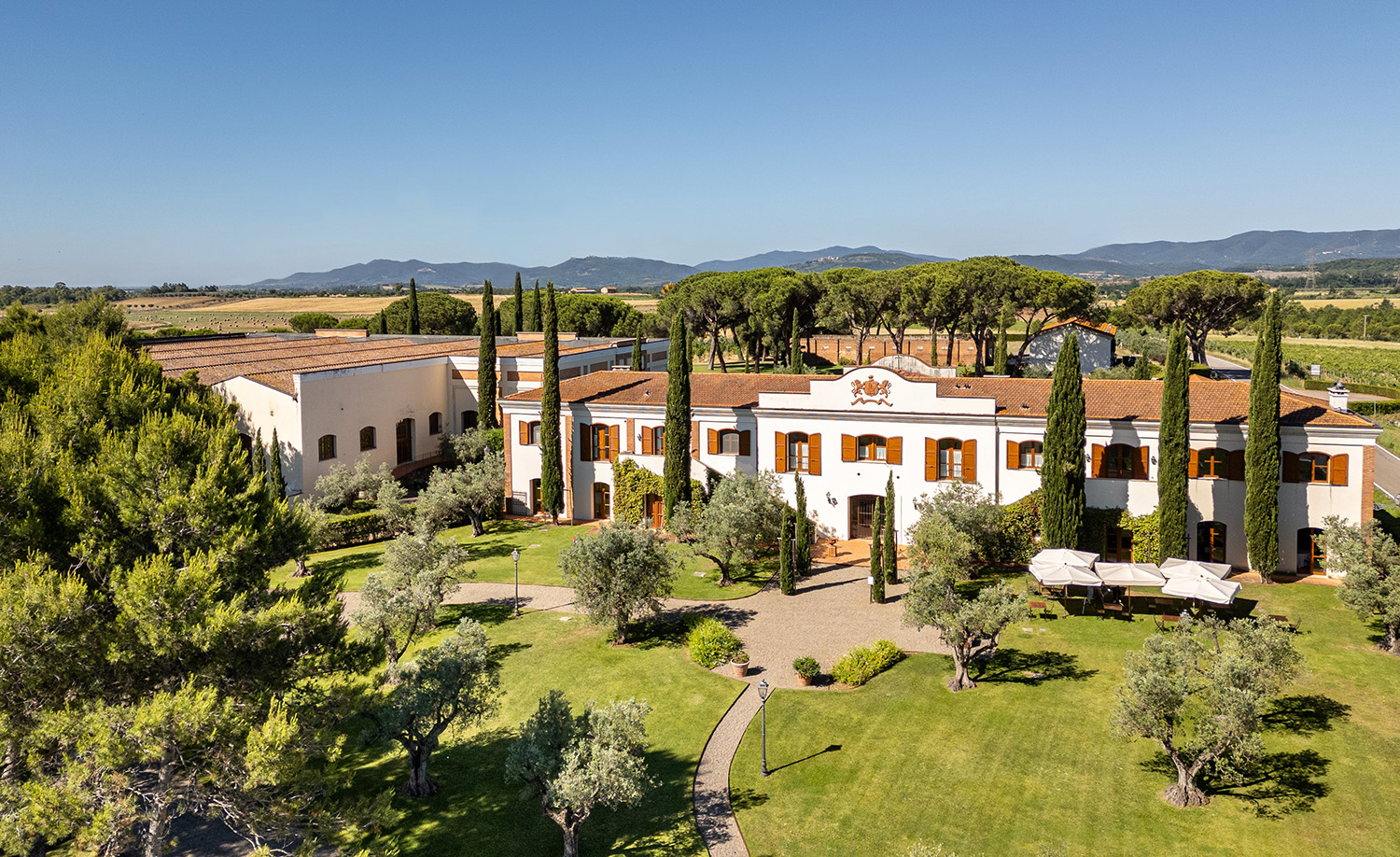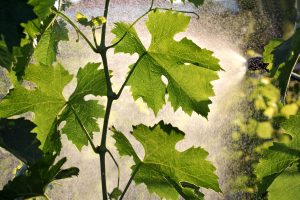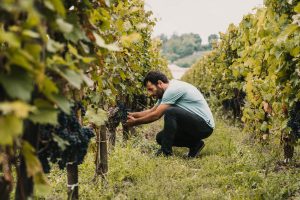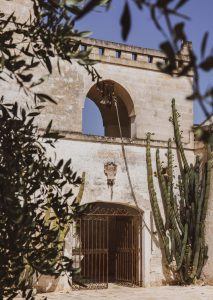Rocca di Montemassi: A Wine Farm 4.0 at the Crossroads of Sustainability and Tech
Nestled in the rolling hills of Tuscany’s Maremma region, between the shimmering Mediterranean coast and the rugged Metalliferous Hills, lies Rocca di Montemassi. Spanning 430 hectares—105 of which are dedicated to vineyards—this estate, acquired by the Zonin1821 group in 1999, is a portrait of modern winemaking rooted in tradition. Here, sun-drenched days tempered by coastal breezes and soils rich in iron and clay shape a viticulture that’s bold, expressive, and mineral.
We sat down with Alessandro Gallo, a winemaker from Piedmont and director of the estate, to explore how Rocca di Montemassi is rethinking sustainability—not just in the vineyard, but across its entire agricultural ecosystem.
“We’re not just a winery. We’re a wine farm,” says Gallo.
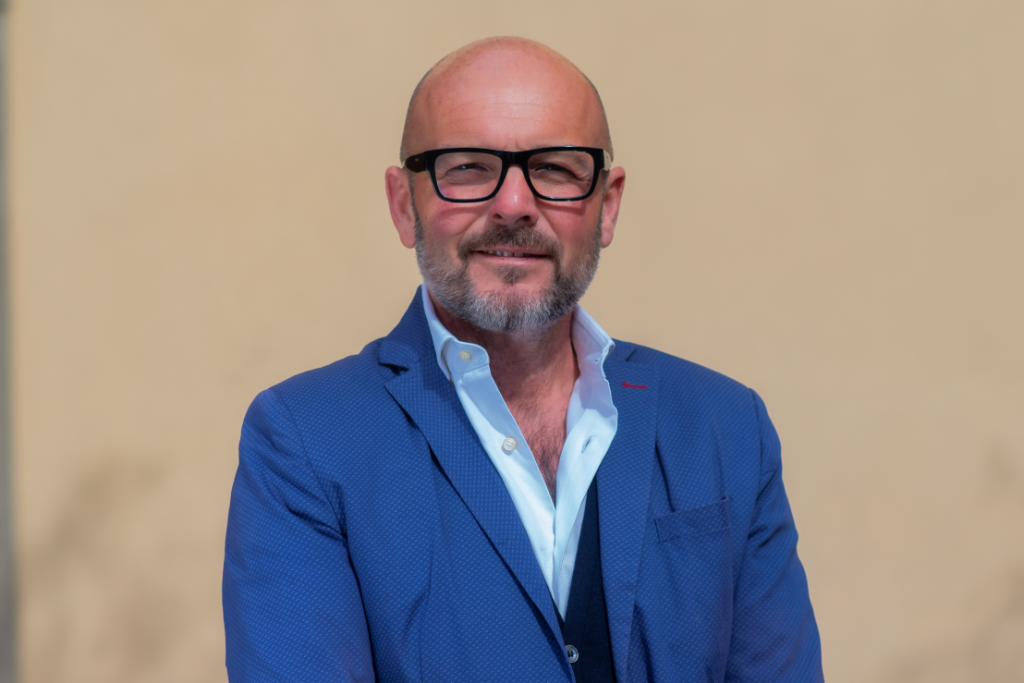
Born and raised in Piedmont, Gallo began working with the Zonin group in 2004 at Castello di Albola in Chianti. In 2016, he also took the helm at Rocca di Montemassi. “Both estates are in Tuscany, but they couldn’t be more different—soils, climate, grape-growing potential—everything,” he explains.
That contrast has given Gallo the freedom to innovate. Unlike Chianti, with its stricter DOCG rules, Maremma offers more flexibility.“Here, we can experiment more freely with grape varieties and wine styles. We focus mainly on international reds like Cabernet, Merlot, and Syrah, often blended, along with a small amount of Sangiovese. For whites, it’s Vermentino—which thrives in this region—and Viognier.”
From day one, Gallo envisioned a holistic, integrated farming model where every piece of the estate supports the others. “We began the transition to organic in 2016 and completed it in 2021. But our real leap was in designing Rocca di Montemassi as a true wine farm—a complete agricultural system that prioritizes local production, reduces waste, and enhances biodiversity.”That vision is now visible across the property. Alongside the vineyards are olive groves, wheat fields, pastures for native Maremmana cattle, and a wine tasting room.
“Our goal is to build an agricultural ecosystem that regenerates local resources and nurtures biodiversity. For instance, we plant fava beans between vineyard rows in the fall and plow them under in the spring to enrich the soil. The cows’ manure becomes fertilizer. We use no synthetic chemicals. It’s a closed, circular system that touches every corner of the farm.”
“It’s a closed, circular system that touches every corner of the farm.”
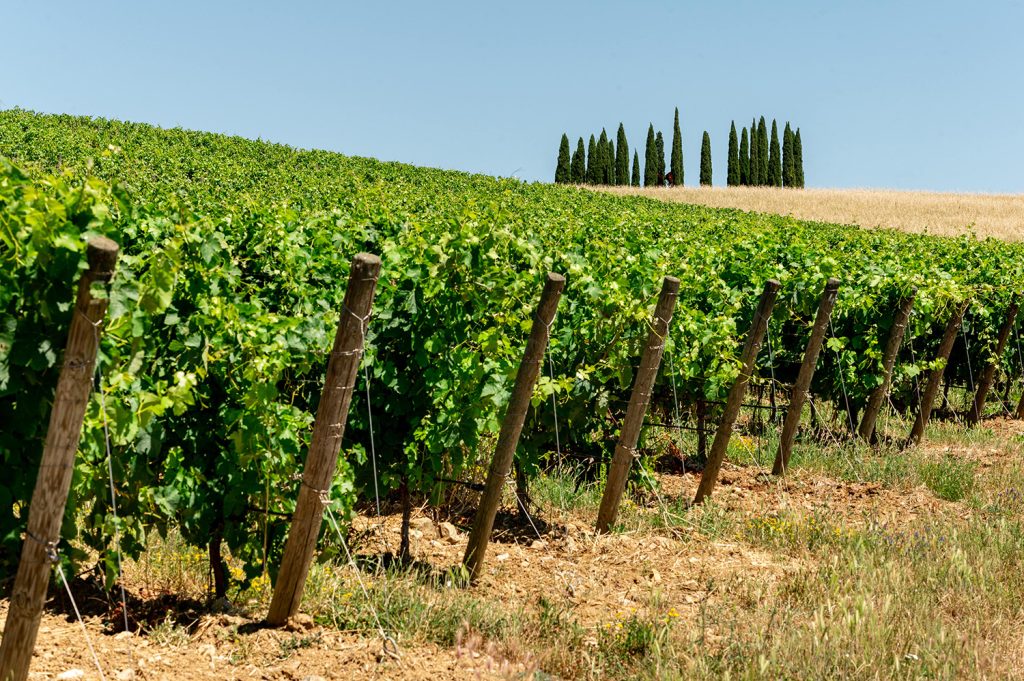
Smart tech for transparent sustainability
The Role of Digital Innovation
At Rocca di Montemassi, sustainability is as much about data as it is about field work. The team has embraced cutting-edge tools to support their goals.
“We’ve invested in recovery sprayers that minimize copper and sulfur loss during treatments. And since 2018, we’ve been using Vintel, a decision support system for irrigation planning” says Gallo.
“Vintel helps us irrigate precisely, based on both plant needs and our winemaking goals. It’s a big part of reducing our water footprint.”
He adds : “Using the platform, we can monitor the water status of each vineyard block and irrigate only when necessary—keeping vines in their sweet spot for optimal expression.”
“Vintel helps us irrigate precisely, based on both plant needs and our winemaking goals. It’s a big part of reducing our water footprint.”
Transparency Through Certification
To back up their sustainability claims, Rocca di Montemassi joined the italian Equalitas Sustainability Certification program in 2018. This gives them a structured way to track, measure, and report their environmental, social, and economic impact annually.
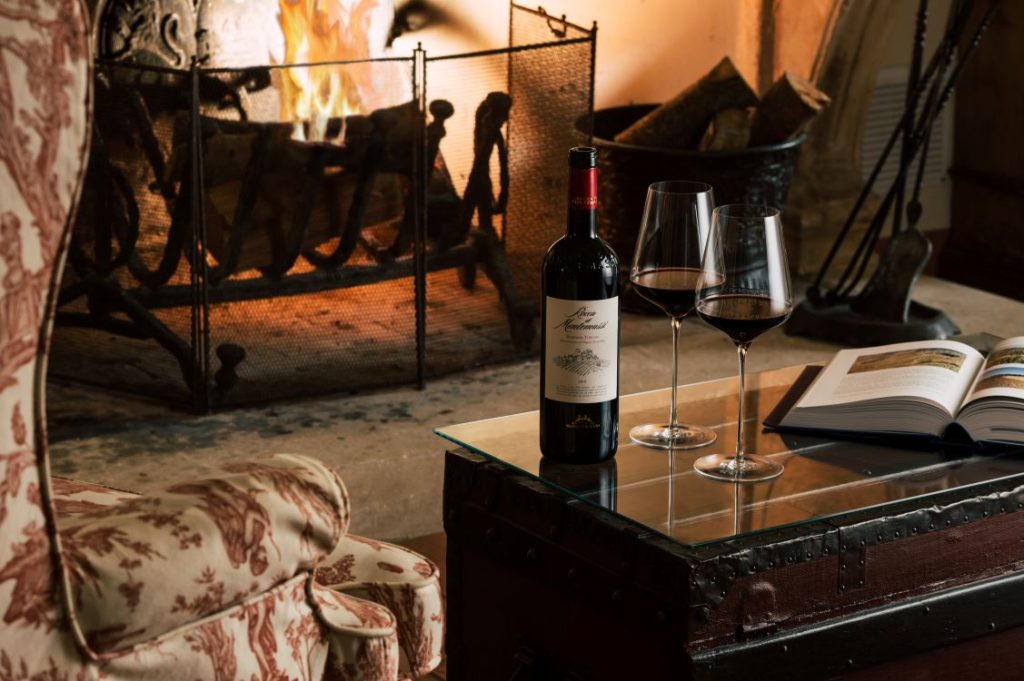
Telling the story: Wine tourism as an ally of sustainable wine making
The estate is also home to the Museum of Rural Civilization, housing more than 3,000 tools and photographs that tell the story of traditional Tuscan farm life. It’s a tribute to the butteri, the region’s traditional cattle herders.
“The winery tasting room and museum are essential parts of the farm experience” says Gallo. “They help visitors truly understand what it means to make wine sustainably, with respect for land and history.”Wine tourism, he believes, is a key ally in agroecological transition. “It creates both cultural and economic value rooted in the territory.”
Climate change, markets, and the road forward
Like many farms in southern Europe, Rocca di Montemassi is facing the challenges of climate change.“We’re seeing shifts in rainfall patterns and more frequent droughts. We have to rethink our grape varieties and how we manage the vineyards. Adaptation and planification are crucial” .”
But the challenges aren’t just environmental. “The market is changing, too. Consumers are more demanding, and global competition is fierce. That’s why we focus on quality, identity, and innovation.”
In short, Rocca di Montemassi is betting on a future where great wine comes from resilient farming, smart tools, and storytelling.
“We need to stay flexible, make smart decisions, and create value across the board,” Gallo concludes. “For us, innovation and sustainability aren’t just buzzwords—they’re how we plan to thrive.”
“We need to stay flexible, make smart decisions, and create value across the board”
Contact us now and ask for a demo!
